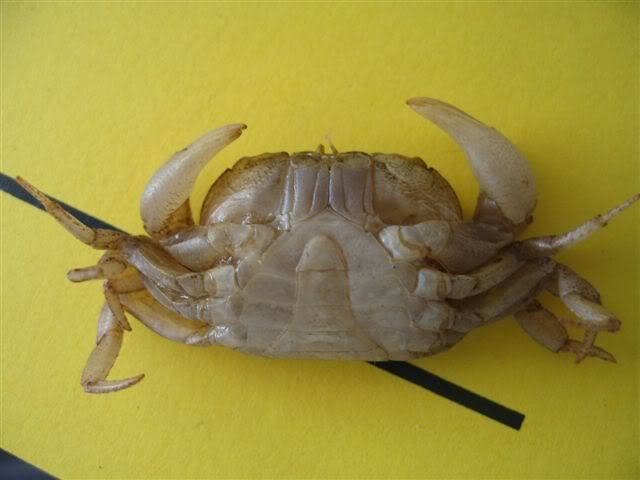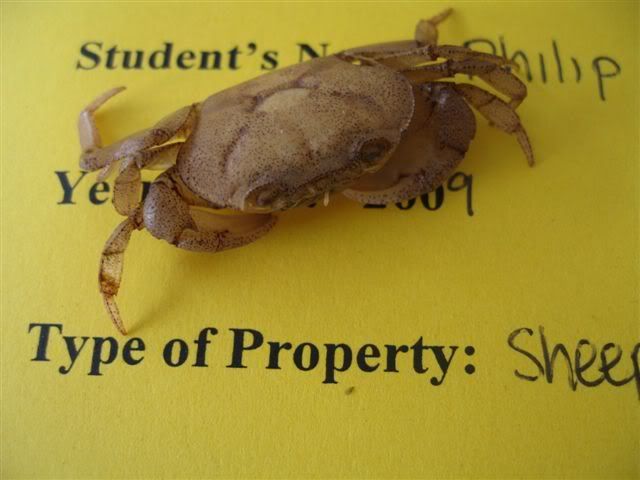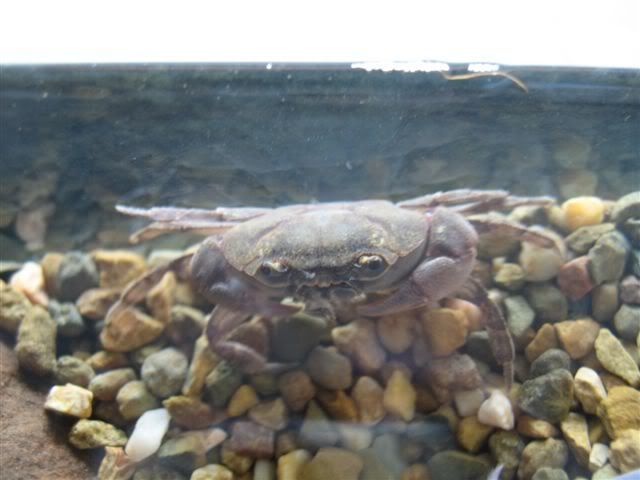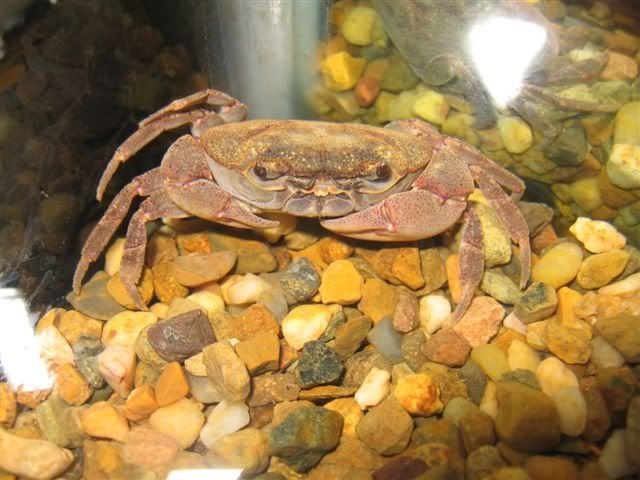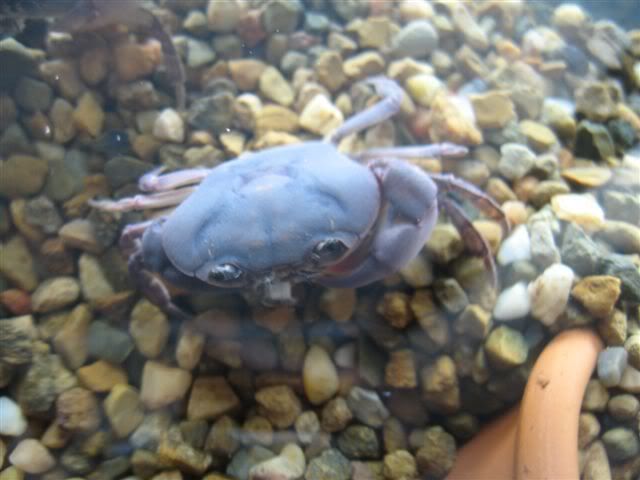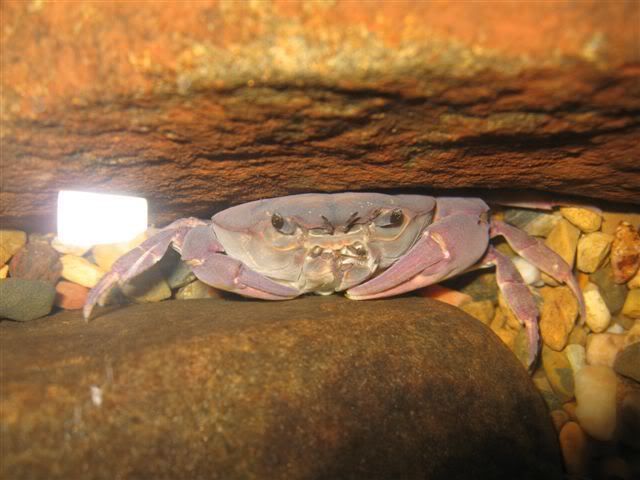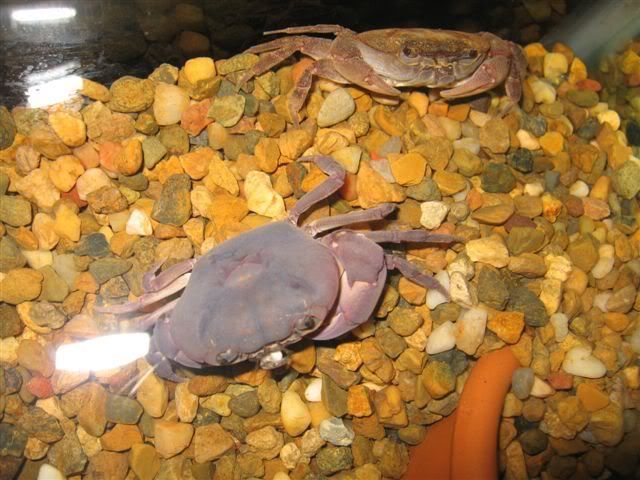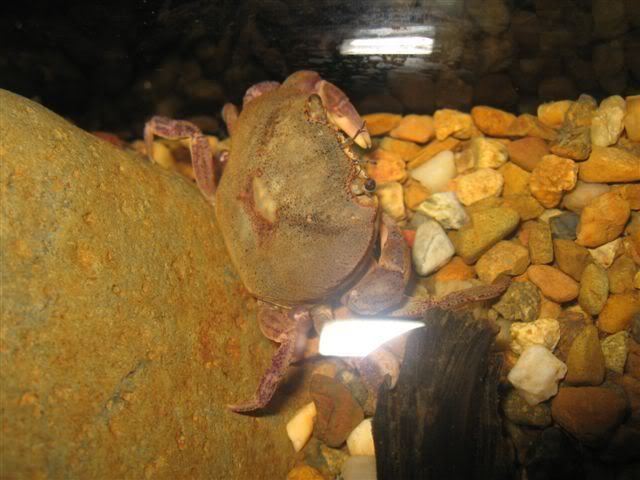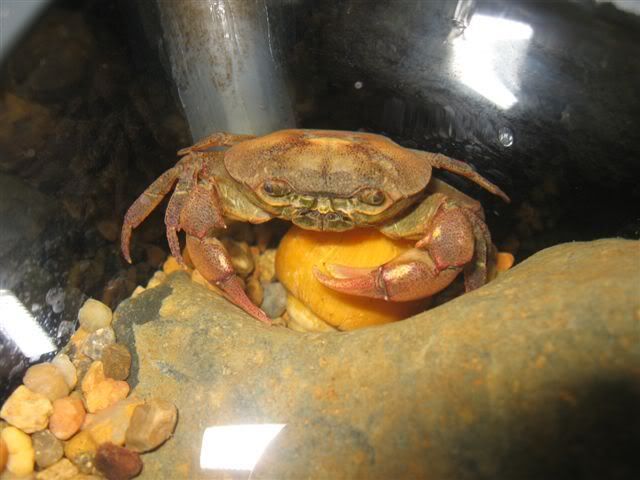badflash wrote:How long have you seen colored apple snails in the hobby Mustafa? I'm not nearly as well traveled as you, but until about 3 years ago I'd never seen anything but canas and what were called brigs (yes I know a purest would put the D in there but it is just too hard to say) Of these snails the only colors I'd seen were wild/dark & yellow. Then about 3 years ago I started seeing ivories and blues. Then 2 years ago I saw the first true purples.
The yellow "brigs" must have been around for ages, because while I was still in Germany there were reports of yellow apple snails that were eating plants (probably canas) and others that woudl leave plants alone (that would be the "brigs"). I don't know about the other colors really, but there is no reason to believe that they are from a completely different stock. These snails have been bred in captivity for a while now, so the other colors are most likely just mutations of the main "captive stock" instead of new collections from the wild or mutation from newly collected wild snails.
By the way...since the "brigs" are most likely P. diffusa, may I suggest the name "diff" as a substitute for brig?


Why would we assume that the snails in the hobby came from Florida snails?
We are not assuming that. The idea is that at some point lots of wild "diffs"

were collected in South America and shipped all over the world. Since they are very easy to breed fish farms and hobbyists all over the world started breeding them. So, a captive population developed. I doubt that any "diffs" have been collected in the wild and imported in many, many years. The Florida snails are from this captive population (Unless, of course, someone went out of his/her way to travel to South America and specifically collected some wild snails to introduce them to Florida.) They are, so to say, representatives of the snails that have been bred in the hobby for a long time now. Just like with shrimp, the snails in the hobby are highly inbred and should form a pretty small genetic pool. The chances that snails in different parts of the country are somehow genetically all that different, or even different species, is extremely small. Hence the Florida snails that escaped and are now living in the wild are genetically still part of the "captive population" that has been in the hobby for a number of years. Get it?

I'm just using simple logical deductions and probabilites given the information to come to a conclusion. Many scenarios and "facts" in science are "most likely" scenarios and facts, especially in cases where one does not have the ability to know for sure what *exactly* happened. It's just a lot more likely (a whole lot more) that we have P. diffusa in the hobby given the current information.
What would it take to get a snail genetically checked? Do most universities have that capability?
Most research universities have that capability, but that's not enough. You need someone that actually specializes in the genetics of the animal you are testing so they can compare it to genetic samples of other animals of the same species stored in gene banks. The whole thing should cost between a few hundred to a few thousand dollars depending on the techniques and methods used.
